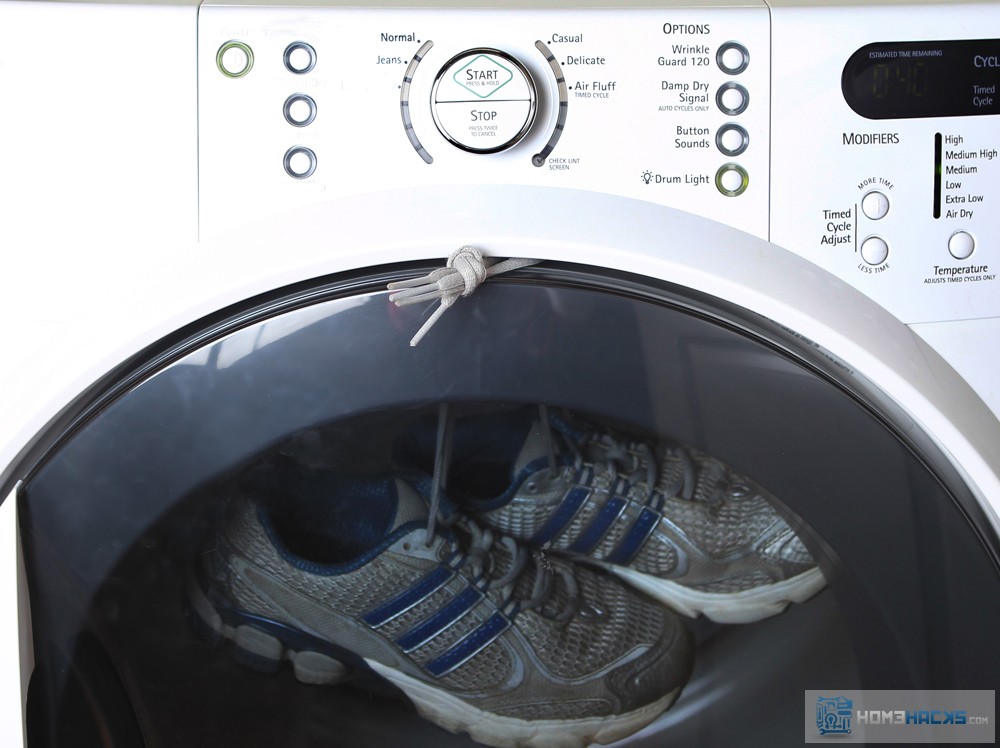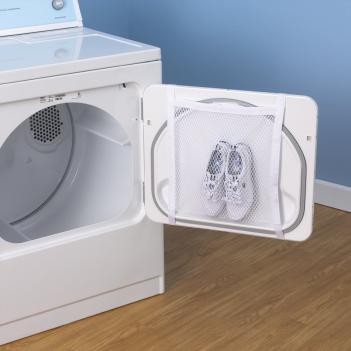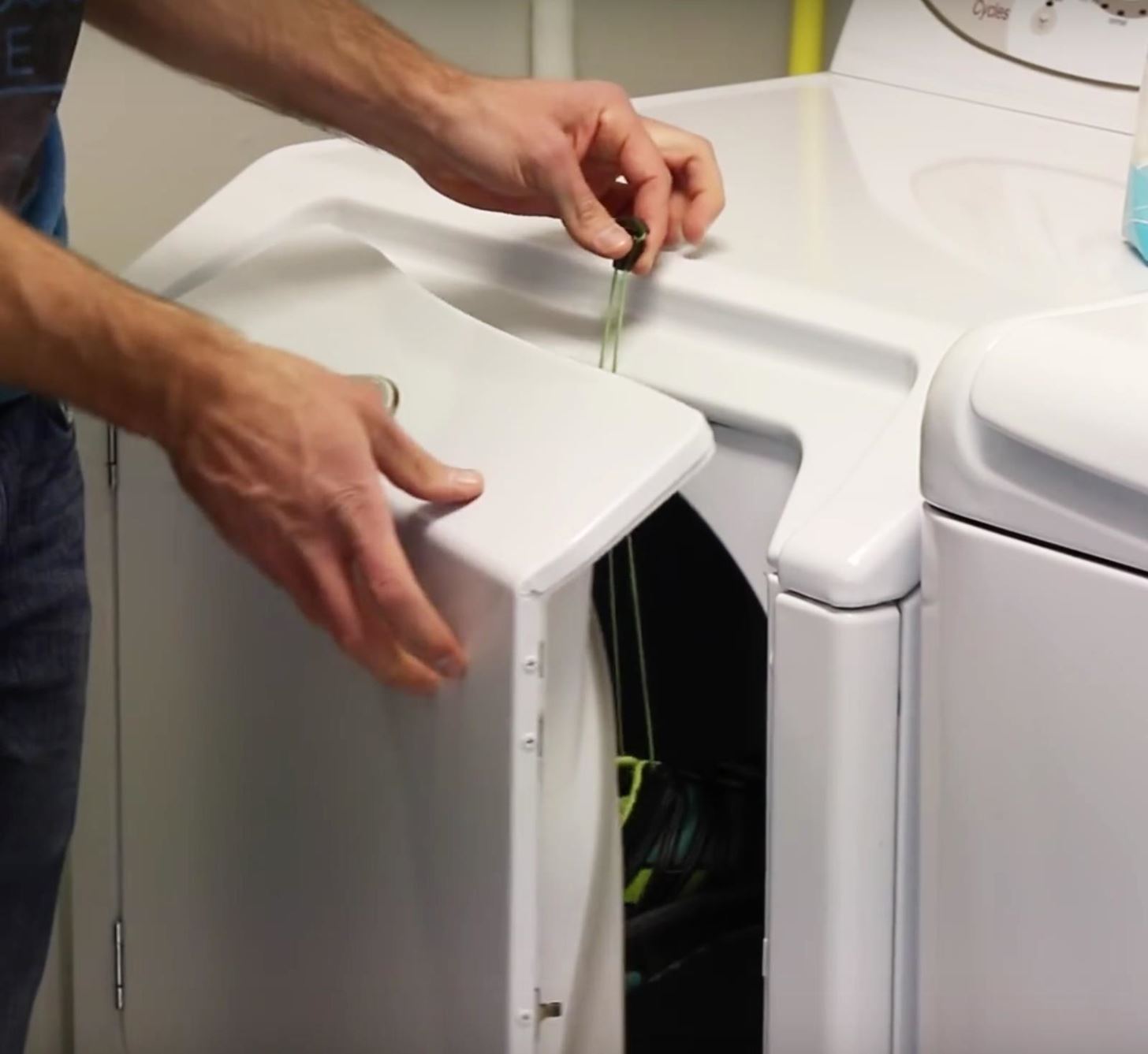Drying shoes can be a tricky task, especially when you’re in a hurry and the weather isn’t cooperating. Whether you’ve stepped into puddles during your morning walk or your kids have come home from soccer practice with mud-caked cleats, finding a quick way to dry your footwear can be a game changer. In this comprehensive guide, we’ll explore how to dry shoes in a dryer safely and efficiently while providing you with real-world experiences, case studies, and expert advice to ensure your favorite pairs come out looking and feeling great.
Understanding the Risks and Benefits of Drying Shoes in a Dryer
Before we dive into the how-to, it’s essential to understand the risks and benefits associated with using a dryer for your shoes.
The Benefits
- Speed: A dryer can significantly reduce the time it takes to dry your shoes compared to air drying.
- Effectiveness: The high heat can kill germs and bacteria that may have built up in your shoes.
- Convenience: Using a dryer is straightforward. Just toss them in and go!
The Risks
- Material Damage: Not all shoes are dryer-friendly. Some materials can become damaged or lose shape.
- Heat Sensitivity: High temperatures can warp adhesives and damage components like foam or cushioning.
- Noise: Shoes in the dryer can create a lot of noise, which might be bothersome.
Real-World Experience: A Cautionary Tale
Take, for instance, Jenny, an avid runner who decided to throw her favorite sneakers into the dryer after a wet run. While they dried quickly, she discovered afterward that the cushioning had flattened significantly, impacting her comfort on future runs. This experience highlights the importance of knowing what materials are safe for dryer use.

Step-by-Step Guide: How to Dry Your Shoes in a Dryer
Now that you understand the pros and cons, let’s look at the steps to properly dry shoes in a dryer.
Step 1: Check the Care Label
The first step is to check the care label inside your shoes. Some brands explicitly advise against using a dryer, while others may have specific temperature recommendations. Always adhere to the manufacturer’s guidelines.

Step 2: Prepare Your Shoes
Before tossing your shoes in the dryer, remove any insoles and laces. This step not only allows for better air circulation but also prevents damage to these components. You can wash the insoles separately if they are dirty.
Step 3: Use Dryer Balls or a Towel
To minimize noise and help maintain the shape of your shoes, place a few dryer balls or a towel in the dryer with them. This will cushion the shoes and reduce the banging around that can occur during the drying cycle.

Step 4: Choose the Right Settings
Set your dryer to the lowest heat setting. High heat can cause irreversible damage to your shoes. A delicate or low-heat setting will help avoid warping, especially for foam or synthetic materials.
Step 5: Monitor the Drying Process
Keep an eye on the dryer. It’s a good idea to check your shoes every 10-15 minutes to ensure they aren’t overheating or becoming misshapen. If they’re dry before the cycle ends, simply take them out.

Best Shoe Types for Dryer Use
Not all shoes are created equal when it comes to drying in a dryer. Here’s a breakdown:
Suitable Shoe Types
- Sneakers: Most athletic shoes are made from synthetic materials designed to withstand some heat.
- Canvas Shoes: Canvas is quite resilient and typically safe in the dryer.
- Boots: Only if they have synthetic materials; leather boots should never go in the dryer.

Unsuitable Shoe Types
- Leather Shoes: They can crack and warp in the dryer.
- Dress Shoes: These often contain delicate materials that can be damaged.
- Heels: The glue and materials can easily be compromised by heat.
Case Study: The Sneakers
In a recent survey conducted by Footwear News, sneaker enthusiasts reported that approximately 70% of users have successfully dried their synthetic sneakers in a dryer without any visible damage. This suggests that while it’s not universally applicable, it can be a safe option for many athletic models.

Comparison Table: Drying Methods for Shoes
| Method | Time Required | Effectiveness | Potential Damage |
|---|---|---|---|
| Dryer | 1-2 hours | High | Possible (depends on material) |
| Air Drying | 4-24 hours | Medium | Minimal |
| Fan Drying | 2-8 hours | Medium-High | Minimal |

Tips for Maintaining Your Shoes After Drying
After you’ve successfully dried your shoes, proper maintenance is crucial to prolong their lifespan.
Regular Cleaning
Regularly cleaning your shoes can help maintain their appearance and prevent odors. For most synthetic shoes, a mixture of mild detergent and warm water will do the trick. Be sure to air dry them afterward.

Storage Solutions
Store your shoes in a cool, dry place. Using shoe trees can help maintain their shape. Keep them out of direct sunlight to prevent fading and cracking.
Rotate Your Footwear
By rotating your shoes and giving them time to recover from wear and tear, you’ll extend their life. Wearing the same pair every day can lead to premature breakdown.
Pros and Cons of Using a Dryer for Your Shoes
To help you make a more informed decision, here’s a quick summary of the pros and cons:
Pros
- Fast drying time.
- Effective in killing bacteria.
- Accessible for most users.
Cons
- Risk of material damage.
- Noise during the drying process.
- Not suitable for all types of shoes.
Frequently Asked Questions (FAQs)
1. Can you dry leather shoes in a dryer?
No, it is not recommended to dry leather shoes in a dryer as they can crack and lose shape.
2. How long does it take to dry shoes in a dryer?
Typically, it takes about 1-2 hours depending on the material and settings of your dryer.
3. What should I do if my shoes are warped from the dryer?
If shoes become misshapen, try using shoe trees to help restore their shape or consider taking them to a professional for repairs.
4. Can I use fabric softener in the wash before drying my shoes?
It’s not usually necessary; fabric softeners can leave a residue that may not be ideal for footwear.
5. Is it safe to use dryer sheets when drying shoes?
Dryer sheets can leave a residue which may transfer to your shoes. It’s advisable to avoid them.
6. What materials are safe to dry in a dryer?
Synthetic materials like nylon or polyester, commonly used in athletic shoes, are generally safe to dry in a dryer.
7. Should I put my insoles in the dryer?
It’s best to air dry insoles separately to prevent them from warping or degrading.
8. Can I dry rain boots in the dryer?
It depends on the material; rubber boots should not go in a dryer as they can melt or warp.
9. What’s the best way to air dry shoes?
The best way to air dry shoes is to place them in a well-ventilated area, away from direct sunlight, and stuff them with newspaper to help absorb moisture.
10. How often can I use the dryer on my shoes?
It’s best to limit using the dryer to emergency situations and focus on air drying as a regular practice.
11. Can I use a washing machine to clean shoes before drying?
Yes, many shoes can be machine washed on a gentle cycle, but always check the care label first.
Conclusion
Drying shoes in a dryer can be a safe and effective option if you take the necessary precautions. Always check labels, prepare your shoes properly, and monitor the drying process to avoid unnecessary damage. With the right knowledge and technique, you can keep your footwear looking fresh and ready for any occasion. Remember, your shoes are an investment in your comfort and style, so treat them right!
For more detailed studies on footwear care, you can refer to the American Chemical Society’s study on cleaning footwear.